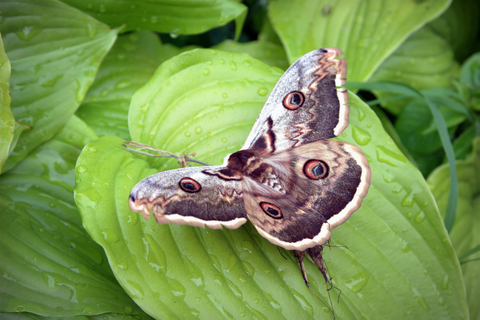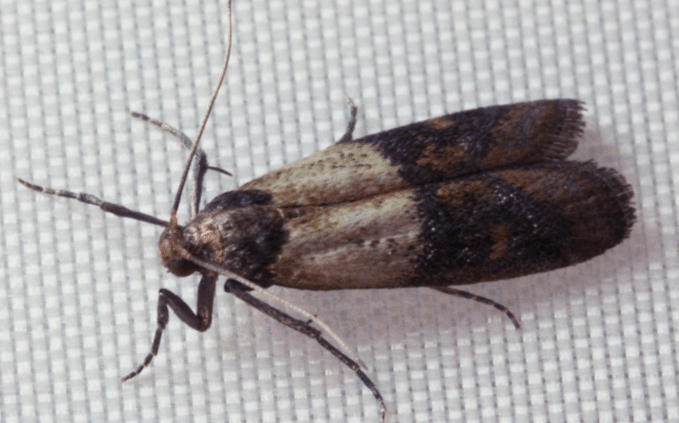Your Cart is Empty
Free Shipping on Orders Over $40
Free Shipping on Orders Over $40
Free Shipping on Orders Over $40
Elimination of meal moths begins with locating the infested material, which may be more than one source. Look for silk covering the surface or moths in the immediate area. Place pheromone sticky traps in cabinets to remove the male moths, and to help pinpoint the site of the infested material. Continue to use sticky traps for several months to be certain the infestation has been eliminated.
Preventing these moths and other pantry moths begins with storing food materials such as flour, noodles, pet food, and birdseed in tight containers. Avoid keeping a large quantity of these materials, and discard them and clean cabinets thoroughly if they are found infested. Vacuuming infested cabinets is better than cleaning with soap and water.
__________________

When moths get inside your home, they can cause major damage. There are two categories of moths that are household pests, those that infest food and those that infest fabrics. Luckily, there are things that can be done to get rid of moths before they ruin your best sweater or eat your bread and cereal. Prevention and control methods can stop moths in their tracks and keep your home free from these annoying pests.

Adult Indian Meal Moth By Kaldari
Indian Meal Moth Larvae by Pudding4Brains via Wikimedia Commons
Common Clothes Moth By Sarefo
Brown House Moth By Svdmolen